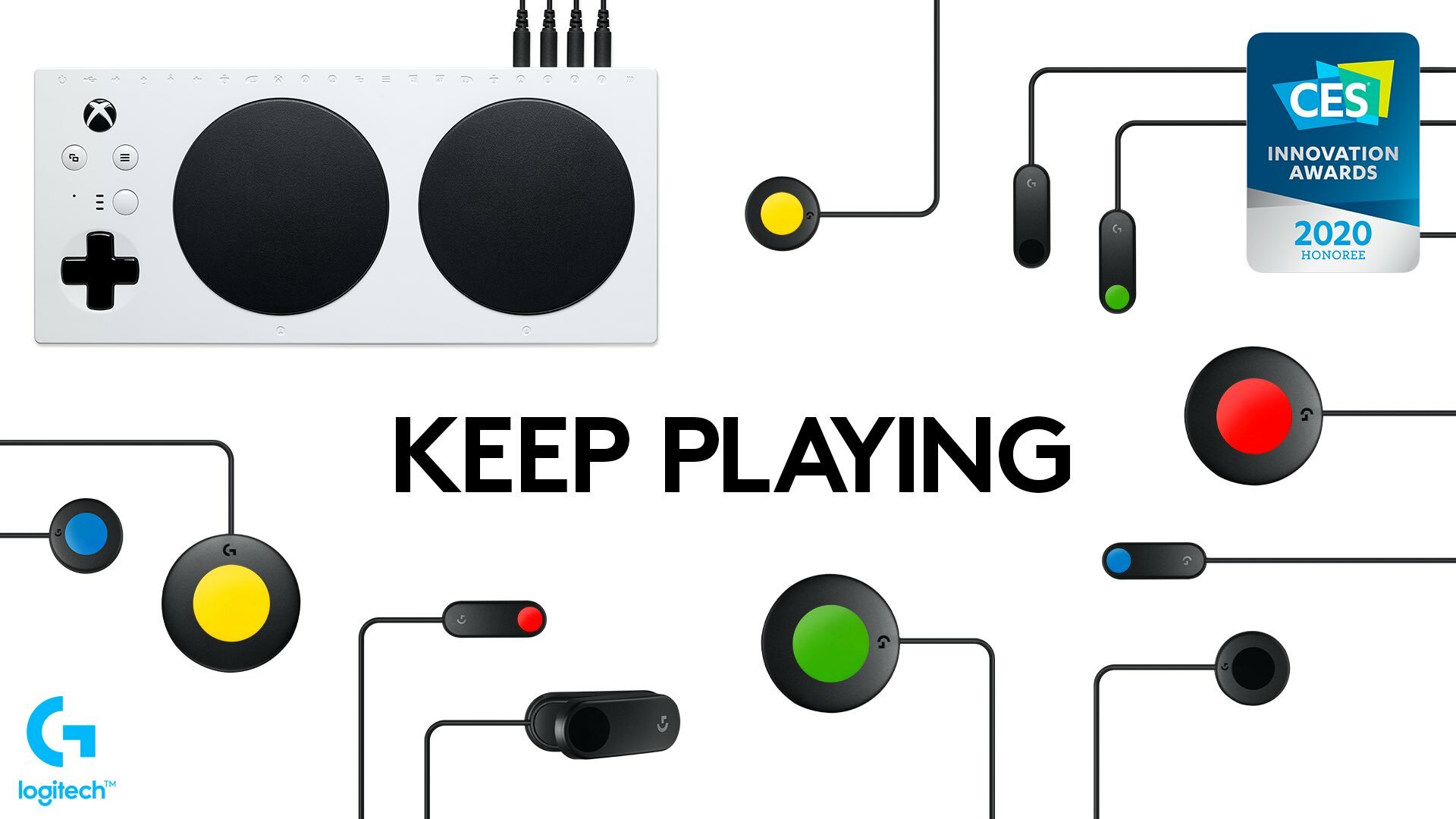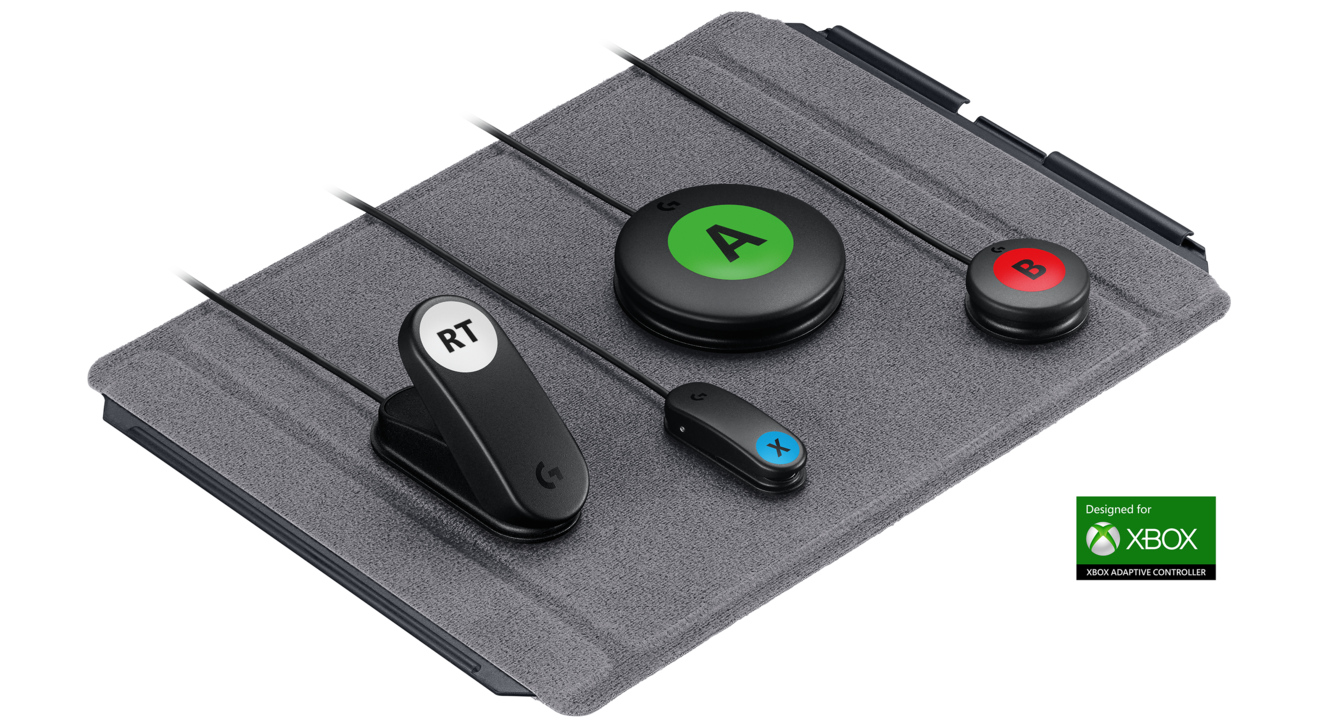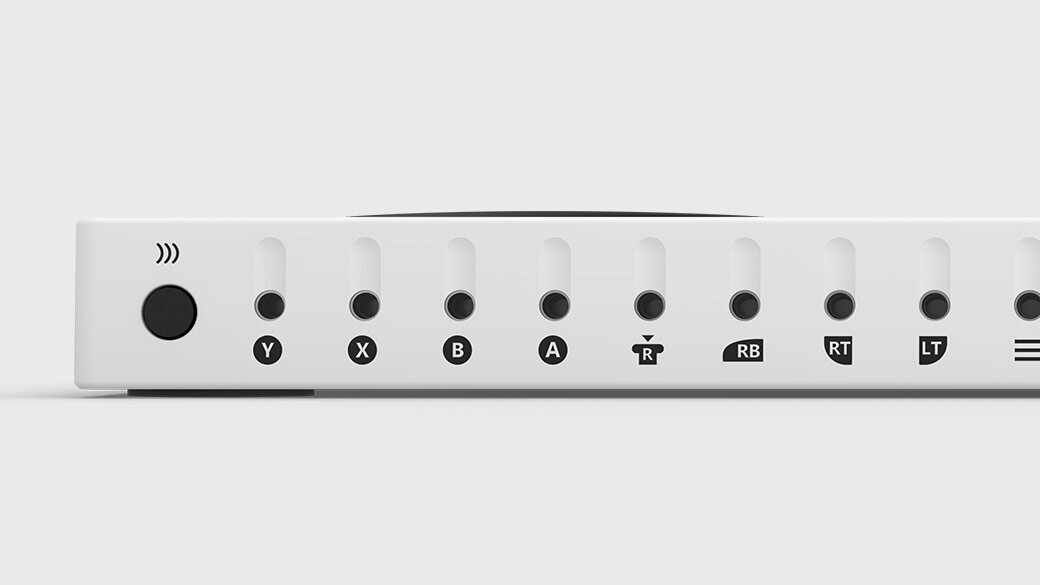"As we work to create light for others, we naturally light our own way."
— Mary Anne Radmacher
I work crazy hours. To top it off, I commute a total of 3 hours every day.
When I get home from work, I’m usually exhausted.
One of my guilty pleasures is to play a video game with my kids. When they were younger, we’d play one of the many Lego games on Xbox. Now, we tend to play Halo or Call of Duty.
Regardless of the age difference between my kids and me, the little buggers are worthy adversaries.
They might even be better than me– but don’t tell them I said that.
I love that in the video game world, we’re able to play as equals. We’re sometimes teammates, partners, and sometimes enemies. We celebrate each other’s victories and tease each other’s failures.
In a household with three people diagnosed with an autism spectrum disorder, breaking barriers of communication and making emotional connections can sometimes be hard. Video games are one of the ways that we can connect.
When I ponder about how lucky that we can share a moment like this over video games, it saddens me to think that there are people with physical disabilities who don’t have the opportunity to connect with their loved ones over a video game.
But things are changing, thanks to my friend and his team.
What they did may seem very simple at first, and you may think that it only affects people with disabilities. Still, I believe that their achievements have much more significant ramifications.
The Xbox Adaptive Controller
The Xbox Adaptive Controller is a funky-looking gaming input experience that allows people with limited mobility play video games by featuring large programmable buttons and providing the ability to add external devices such as switches, buttons, and joysticks.

To be clear, the Xbox Adaptive Controller (XAC) isn’t just for people with disabilities — Bryce is the Inclusive Lead for Microsoft Devices, and the last thing he and his team would want to do is design something that excludes other people from using it.
The XAC’s unique design, however, allows people with disabilities to play video games — just like everyone else.
There was a time where creating devices with accessibility in mind would be an after-thought for most companies because it would have such a "niche" market, or because it would increase the cost of production.
But with the XAC, Microsoft is sending a clear message: everyone matters. And everyone should be able to play equally.
The XAC isn’t just some rare device that only a few people can buy at an exorbitant price either; it is available in the Microsoft Store for a little more than a regular controller (and less than the Xbox Elite Wireless Controller.
The controller has gotten so much press coverage since its release (and won so many cool awards) that other large corporations are following suit.
Logitech, for example, released its Adaptive Gaming Kit which gives users more options with customizable controls for the Xbox Adaptive Controller.

You read that right: instead of competing with Microsoft and releasing their own controller, they built controls that works with the XAC to add more capabilities! Something possible because the XAC is not only inclusive for people, but technologies; It works with standard connection types such as 3.5 mm jacks and USB 2.0 devices.

And isn’t the only company doing this: , . , and are among the visionaries who work together to help empower XAC users.
Inclusivity is cool

I have known Bryce Johnson for probably close to 20 years now (that’s right, I met him when I was eight!). He would come up with crazy user interface designs for SharePoint, and I would implement them.
I would always love it when I would implement his designs, and people would say, "Wow, this looks good… there’s no way that’s SharePoint!". It was especially rewarding to hear it from Microsoft employees!
Back then, Bryce already had an eye for user experience design and inclusivity. Before it was ever cool to care about this stuff, Bryce designed everything with accessibility in mind.
We didn’t get to stay in touch when he went to Microsoft, but I was always delighted to read his updates on LinkedIn.
In May of 2018, when he started posting about the Xbox Adaptive Controller, I was really proud to be able to tell people that I knew him. I’m still proud!
Bryce will hate that I’m writing this article all about him, and I’m sure that he’ll remind me that he was only part of the team that made the XAC happen, but I know Bryce, and I know the kind of person he is. If the other members of his team are like him, they genuinely care about inclusive design and accessibility.
I’m also thrilled to know that Microsoft is serious about inclusivity across their devices and that with Bryce as the Inclusive Lead of Microsoft Devices, the Xbox Adaptive Controller is probably the first of many cool products designed with heart and soul.
I’m sure that the applications of the XAC will reach beyond gaming, and that we’ll see more devices change how people communicate and work together.
Conclusion
You may not think that an Xbox controller would be such a big deal, but for someone with a disability who gets to play video games with their family and friends for the first time, I assure you that it can be life-changing.
To be able to play online and be treated as an equal by other players for the first time in someone’s life must be an amazing feeling.
If one of my children were disabled, I can’t imagine how it would be to be able to play video games with them for the first time thanks to the hard-work of the many team members at Microsoft who contributed to the XAC.
Designing with accessibility in mind makes a difference because it gives everyone the same opportunities.
You may not design hardware devices –like Bryce and the team– but if you maintain content in SharePoint, build applications in Power Apps, or create custom SPFx web parts, you can still make a positive impact with your users.
In my next posts for the SharePoint Framework Design Principles series, we’ll discuss accessibility design principles for SPFx solutions.
In the meantime, Bryce, I’m proud of the work you’re doing at Microsoft. You inspire me!


